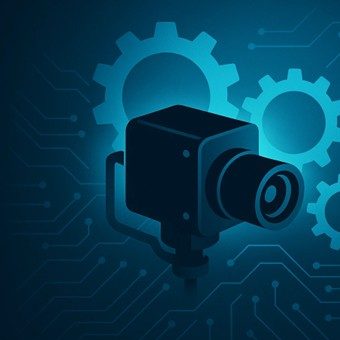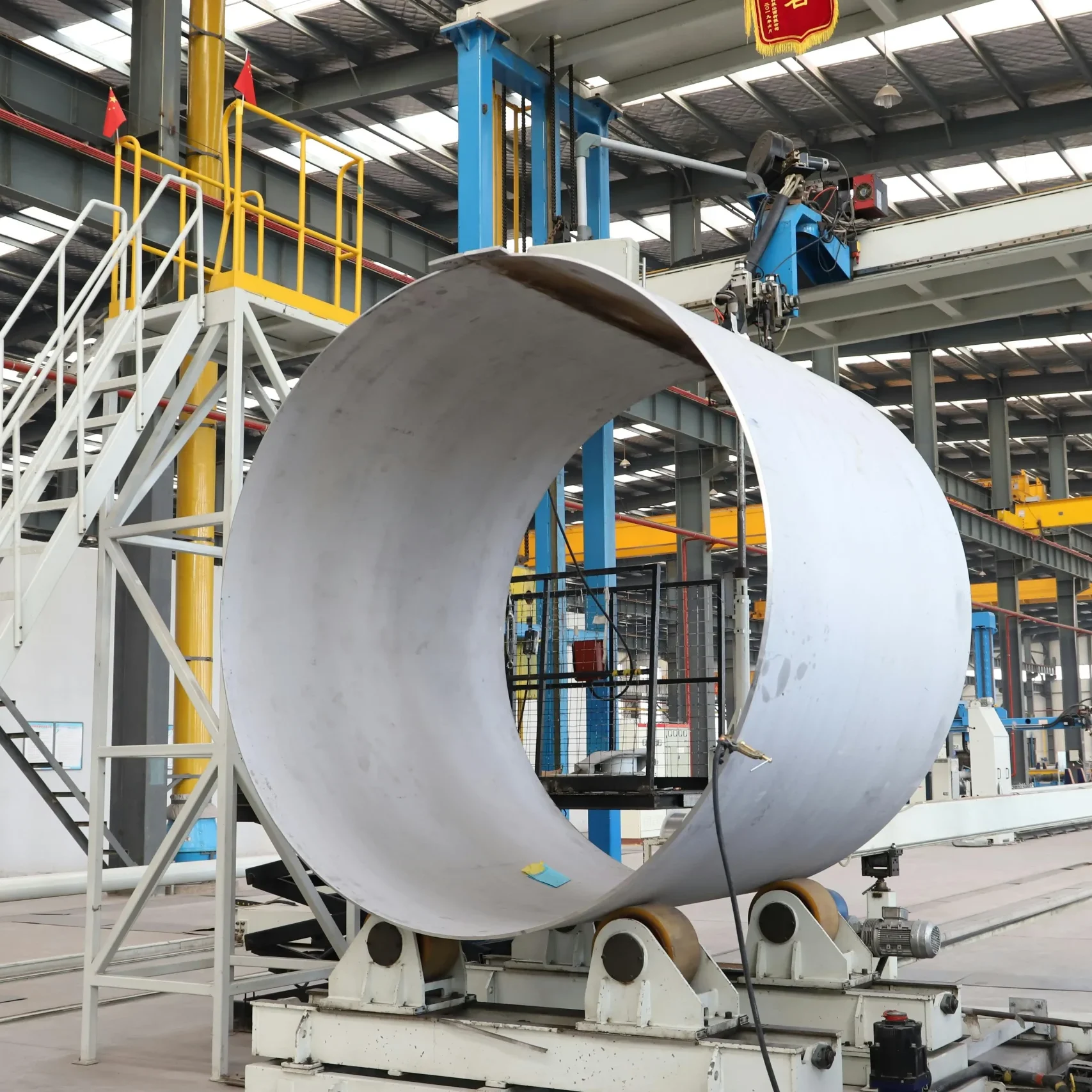High-speed SWIR cameras offer imaging capabilities that can far surpass traditional cameras for industrial and defense imaging. Short-Wave Infrared (SWIR) imaging leverages wavelengths between 1,000 to 2,500 nanometers, enabling superior performance across various applications. High-speed SWIR cameras not only capture detailed images in challenging conditions but also operate at remarkable frame rates, making them indispensable tools for industries requiring precise and rapid data acquisition. KAYA Vision Mercury SWIFT, their latest high-speed SWIR camera, offers the advanced image clarity of SWIR with reliable, seamless high-speed imaging, ideal for military, surveillance, and industrial applications.
SWIR vs LWIR: Understanding the Differences
While both rely on light from the infrared spectrum, SWIR and Long Wave Infrared (LWIR) capture images based on fundamentally different principles. LWIR, with wavelengths ranging from 8-13 micrometers, detects thermal radiation emitted by objects and is ideal for temperature-based imaging. This makes LWIR excellent for applications like thermal surveillance and identifying heat signatures in defense operations.
SWIR wavelengths are considerably shorter (1-3 micrometers) and operate much closer to the visible spectrum. Unlike LWIR cameras that detect heat emissions, high-speed SWIR cameras respond to reflected light similar to visible cameras but can see through many obscurants. This critical difference allows SWIR to provide higher resolution images with greater detail while maintaining the ability to operate in challenging environmental conditions. SWIR can also detect materials and features invisible to both visible light cameras and LWIR systems. This capability is particularly valuable for material identification and verification in defense and industrial applications.
Advantages of High-Speed SWIR Cameras Over Traditional Systems
High-speed SWIR cameras offer several significant advantages compared to conventional visible light cameras. One of the primary benefits is their ability to penetrate atmospheric obscurants such as fog, smoke, and dust. This makes SWIR imaging particularly valuable in environments where visibility is compromised, ensuring clear and reliable image capture even in the most challenging conditions.
Additionally, SWIR wavelengths can reveal details that are invisible to the naked eye or traditional cameras, such as moisture content, material composition, and subtle variations in surface characteristics. This enhanced detection capability provides critical intelligence in both defense and industrial applications.
Another significant advantage of high-speed SWIR cameras is their enhanced sensitivity in low-light conditions. Unlike traditional cameras that rely solely on visible light, SWIR sensors can detect near-infrared light, allowing for superior performance in dimly lit environments. This capability is crucial for applications like surveillance, night vision, and industrial inspections, where lighting conditions can be unpredictable and variable.
Moreover, SWIR imaging offers superior dynamic range and contrast, enabling the detection of finer details and variations within a scene. This is particularly important for applications requiring precise measurements and analysis, such as semiconductor inspection and quality control in manufacturing processes. The ability to capture high-resolution images at high speeds further elevates the utility of high-speed SWIR cameras in dynamic and fast-paced environments.
Critical Applications of High-Speed SWIR Cameras in Defense
Enhanced Battlefield Visibility
In defense operations, high-speed SWIR cameras provide a critical tactical advantage. In extreme environmental conditions with significant dust and debris, SWIR cameras allow for crystal-clear imaging of target objects without losing detail. Unlike visible light, which is easily scattered by particles in the air, SWIR wavelengths suffer minimal scattering. This means that even in adverse weather conditions or in environments clouded by smoke and dust, high-speed SWIR cameras capture detailed and reliable imagery.
This capability ensures that critical intelligence isn’t lost when visibility is compromised, providing tactical advantage in both surveillance and military reconnaissance missions. The enhanced sensitivity and high dynamic range of modern high-speed SWIR cameras allow operators to capture clear, high-resolution images even when ambient light is scarce. This dual capability of operating day and night ensures that defense systems remain effective across all lighting conditions.
Material Identification and Threat Detection
SWIR technology offers unique capabilities for material identification and threat detection that are invaluable for defense applications. High-speed SWIR cameras can detect specific materials based on their spectral signatures, allowing for remote identification of potential threats or targets. This capability is particularly important for detecting camouflaged objects, improvised explosive devices (IEDs), and other security threats that might be invisible to standard imaging systems.
Additionally, high-speed SWIR cameras excel at detecting laser designators and range finders, which are commonly used in military operations. Since most military lasers operate in the SWIR spectrum, these cameras can visualize laser spots that are invisible to the naked eye or conventional cameras, providing crucial advantages in targeting and coordination.
Covert Operations and Surveillance
High-speed SWIR cameras are increasingly deployed in covert operations and surveillance due to their unique capabilities. Because SWIR imaging is based on wavelengths invisible to the naked eye, these systems often do not require external lighting and offer a covert surveillance solution, beneficial for intelligence, reconnaissance, and border security missions.
The compact and energy-efficient design of modern high-speed SWIR cameras makes them suitable for integration on unmanned aerial vehicles (UAVs) and other mobile platforms. Their robust engineering ensures reliable performance in extreme conditions often encountered in defense operations, from desert heat to arctic cold.
Industrial and Scientific Applications
Beyond defense, high-speed SWIR cameras are transforming numerous industries. In scientific research, high-speed SWIR cameras enable detailed analysis of fast-moving phenomena with exceptional clarity, allowing researchers to study rapid processes in fields such as biology, chemistry, and physics. For instance, in biological imaging, SWIR technology can monitor cellular activities and biochemical reactions in real-time, providing valuable insights impossible with traditional imaging methods. Additionally, certain medical and neuroimaging techniques utilize SWIR and/or near infrared (NIR) that allows measurement of bodily functions such as blood oxygen levels.
Industrial inspections benefit significantly from high-speed SWIR cameras for quality control processes requiring the identification of materials. Their high-speed capabilities enable continuous monitoring and immediate detection of issues, improving efficiency and reducing waste. The electronics industry relies on SWIR imaging for inspecting circuit boards and semiconductors, where precision and speed are paramount.
Mercury SWIFT: The Ideal High-Speed SWIR Camera Solution
KAYA Vision’ Mercury SWIFT stands out as an exemplary high-speed SWIR camera, designed to meet the demanding needs of modern imaging applications. This ultra-thin, low-power Global shutter InGaAs camera offers unparalleled performance in a compact form factor. Equipped with a Micro-BNC interface, it supports 0.3 Megapixel high-quality video at impressive rates of up to 1600.0 frames per second (fps), making it ideal for applications requiring rapid image acquisition and processing.
The intelligent design of the Mercury SWIFT ensures that it fits into small spaces without compromising performance. Its superior sensor delivers high-quality images with excellent dynamic range, low noise, and outstanding low-light vision capabilities. The camera features a 10 μm x 10 μm pixel size and a resolution of 640 (H) x 512 (V), providing detailed imaging even at high speeds. The InGaAs sensor enhances the camera’s sensitivity to SWIR wavelengths, ensuring superior image quality in various lighting conditions.
The Mercury SWIFT supports up to 4 W power at full rate and comes with comprehensive image processing features, including defect pixel correction, gain control, and image enhancement capabilities. It is compliant with the CoaXPress v2.1 standard and GenCam, ensuring seamless integration with existing imaging systems. The camera’s C lens mounts and availability in both commercial and industrial grade options add to its versatility, making it suitable for a wide range of applications.
Additionally, the Mercury SWIFT boasts a full EMVA1288 report, built-in self-test (BIT), and built-in voltage testing, ensuring reliability and ease of maintenance. Its compact dimensions (44 mm x 44 mm x 35 mm) and lightweight design (100 g) make it highly portable and easy to deploy in various settings. The camera operates within a temperature range of -40°C to 80°C and supports environments with 10% to 90% humidity, non-condensing, further demonstrating its ruggedness and adaptability.
Mercury SWIFT’s Industrial Applications
The Mercury SWIFT by KAYA Vision represents the perfect combination of high speed, exceptional image quality, and robust design, making it the ideal high-speed SWIR camera for numerous applications. Its high frame rate ensures that even the fastest events are recorded with clarity and precision, crucial for applications such as high-speed imaging in scientific research and industrial quality control.
The Mercury SWIFT’s low power consumption of less than 4 W at 24 V DC enhances its suitability for extended missions and remote operations where power availability may be limited. The camera’s global shutter technology eliminates motion blur, ensuring sharp images of fast-moving objects, vital for applications like automotive testing and industrial inspections where precise image quality is necessary for accurate assessments.
The camera’s robust construction and environmental resistance ensure reliable performance in harsh conditions, making it a dependable tool for outdoor surveillance, defense operations, and industrial environments. Its compatibility with various lens mounts and support for multiple CoaXPress interface rates provide flexibility and ease of integration into existing systems, further enhancing its utility across different applications.
High-speed SWIR cameras like KAYA Vision’ Mercury SWIFT are revolutionizing the imaging landscape by offering superior performance, exceptional durability, and versatile applications across both defense and industrial sectors. The unique capabilities of SWIR technology—operating in low light, seeing through obscurants, and identifying materials—make these cameras invaluable tools for modern imaging challenges.
KAYA Vision ensures that all their cameras, including the Mercury SWIFT, maintain the highest standards and certifications. This commitment to quality guarantees that every high-speed SWIR camera in their lineup delivers exceptional performance, reliability, and resilience, meeting the exacting demands of professionals in defense, security, research, and industrial applications.








